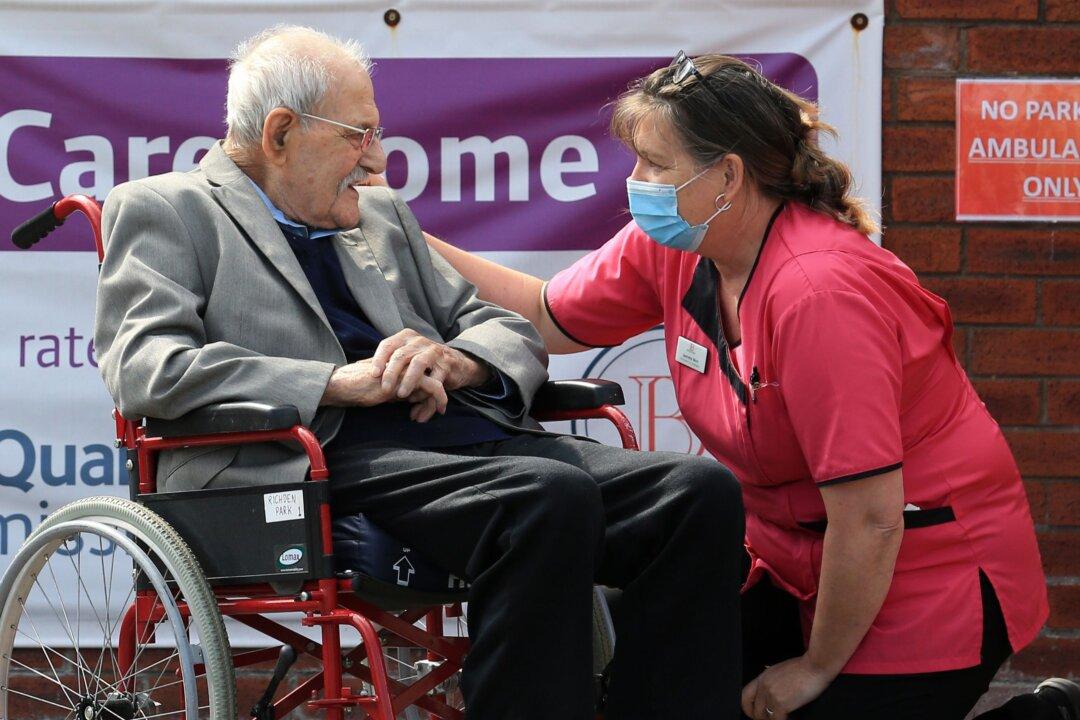Campaigners are challenging the government in the courts over restrictions on care home visits that they say are leaving thousands of people “dying of sadness.”
John’s Campaign, which advocates for the rights of those with dementia, on Oct. 28 filed urgent court proceedings against the UK’s Department of Health over guidance which they say unlawfully encourages blanket bans on family visits in higher risk areas.





